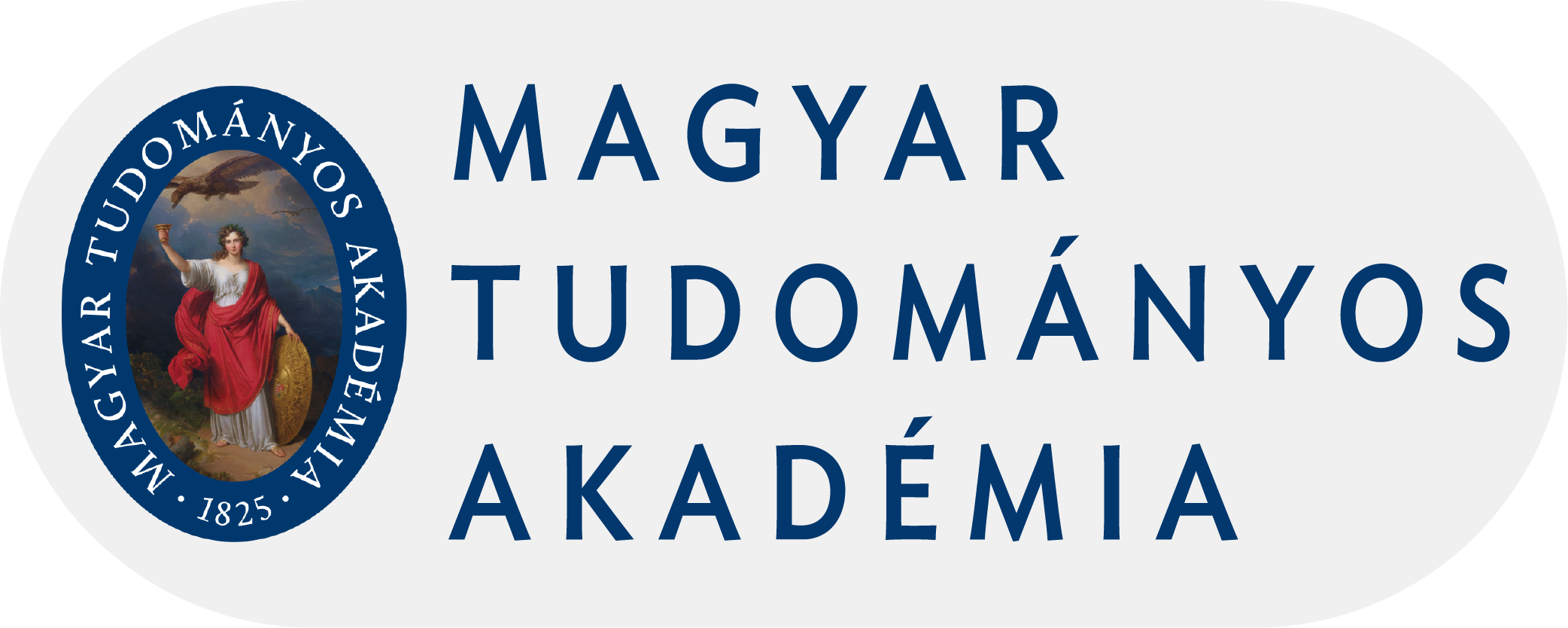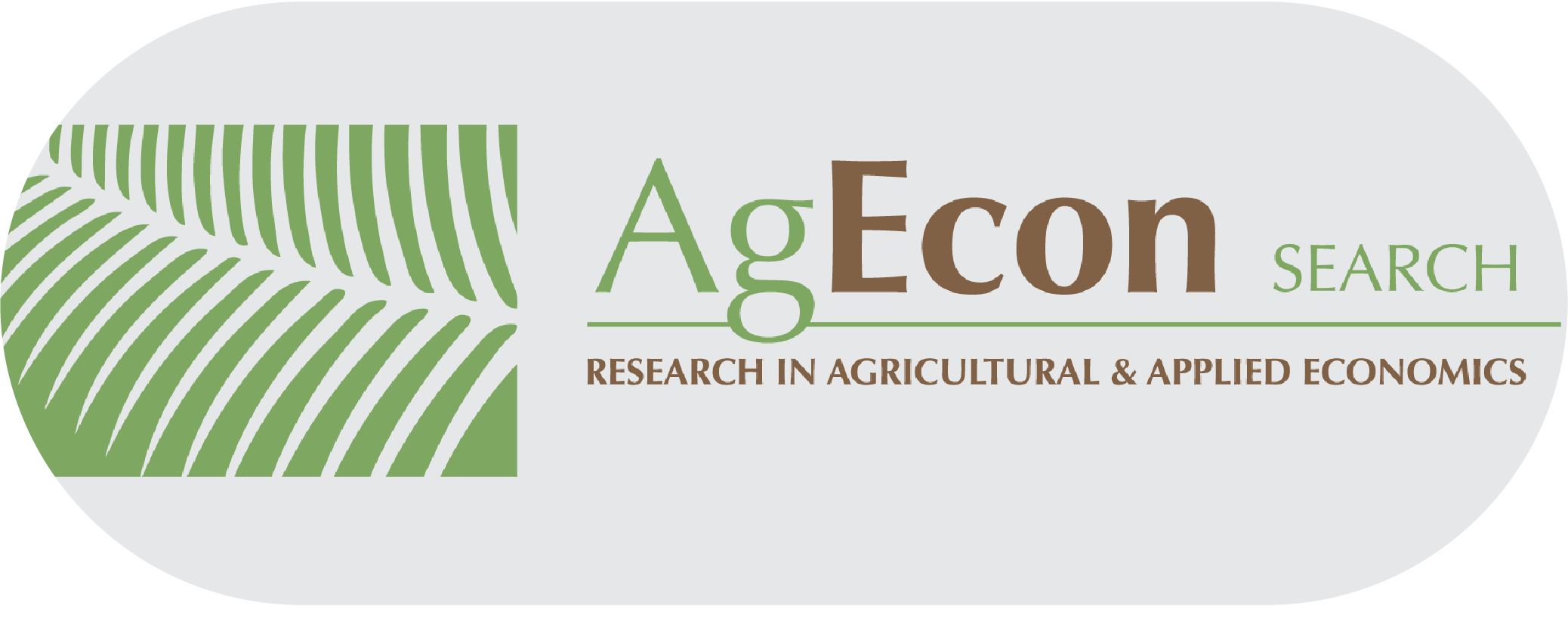Search
Search Results
-
HOW TO INCREASE WORKFLOW EFFICIENCY FOR MICRO AND SMALL BUSINESSES WITH A CUSTOM-BUILT MOBILE APP IN HUNGARY - A CASE STUDY FOR A LANGUAGE LEARNING SCHOOL
Views:321The increasing availability of information and communication technology (ICT) has boosted interest in ICT-based microservices. Limited research examines the efficacy of ICT-based microservices and administrative burden-alleviating solutions for small and medium enterprises (SMEs) within a domestic context. This study investigated the potential of such solutions through a case study on a custom language training SME. Key workflows with administrative burdens were identified using an expert interview, leading to the design and development of a custom mobile application. The researchers developed an easily adaptable, general-purpose layer structure during the development process. Results suggest automating essential, low-cost elements of SMEs' internal and external processes through digitalisation and on-demand support can increase competitiveness and employee satisfaction. Further research with a larger sample size could solidify these initial findings and inform broader SME development strategies. Additionally, investigating the long-term impact on factors like employee skill development and customer satisfaction would provide valuable insights for SMEs considering such solutions.
-
Management issues of cropping with sorghum in the production structure - a case study of Hungary
Views:458One of the goals of the developments is to improve the efficiency of the activity by making the currently used traditional production structure more flexible and by making the necessary changes to the technology in the case of farmers with large agricultural land, having necessary machinery and equipments required. Farms with larger arables land are able to offset the effects of changes affecting efficacy and profitability. The main sector of Hungarian agriculture is crop production, so performance is largely determined by the annual output of the crop production sector and the price development of crop products. In the course of our analytical work, we defined a farm of 2100 hectares, for which we examined crop production, crop machinery and economic aspects. From the enterprise data, farm level results compiled according to the crop structure were calculated. Sorghum is suitable for replacing corn in the crop rotation in areas with unfavorable conditions, so a stably growing crop can be added to the crop rotation of autumn ears of corn, rape, and sunflower, instead of corn. It does not hinder the machinery modernization efforts either, since the precision tools and developments already started in corn production can be used well, and it does not require a special equipment park. At the same time, in light of the increasingly frequent negative climatic effects, sorghum’s integration into the plant production structure is encouraging, because we have to count on 3-4 drought years in a decade. Based on our analysis, the inclusion of sorghum in the crop structure does not significantly reduce the available income, which is acceptable in the given economic environment. However, its stability can significantly contribute to improving the resilience of farming, especially in comparison with corn.
JEL Code: Q12





